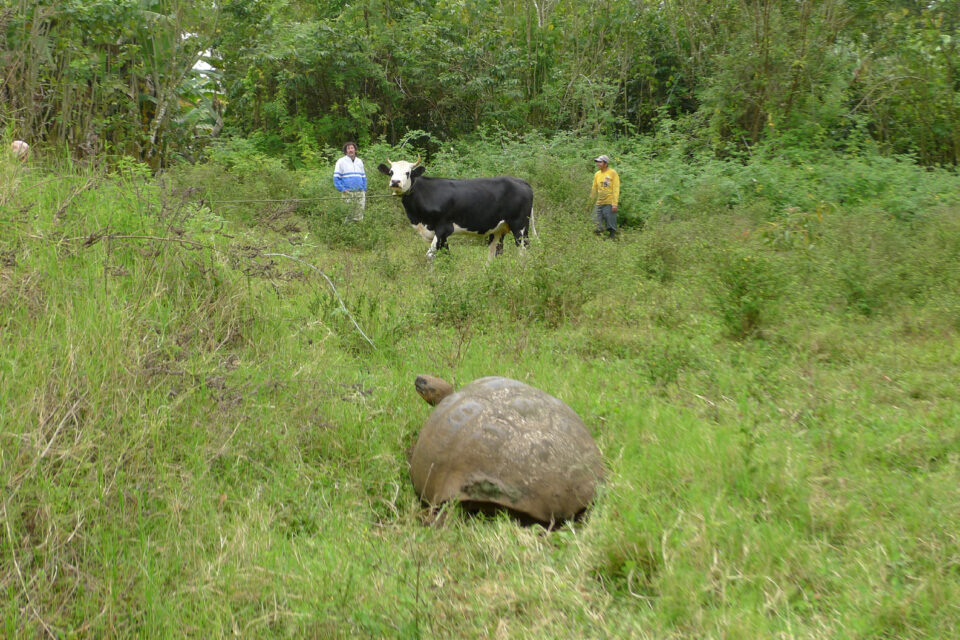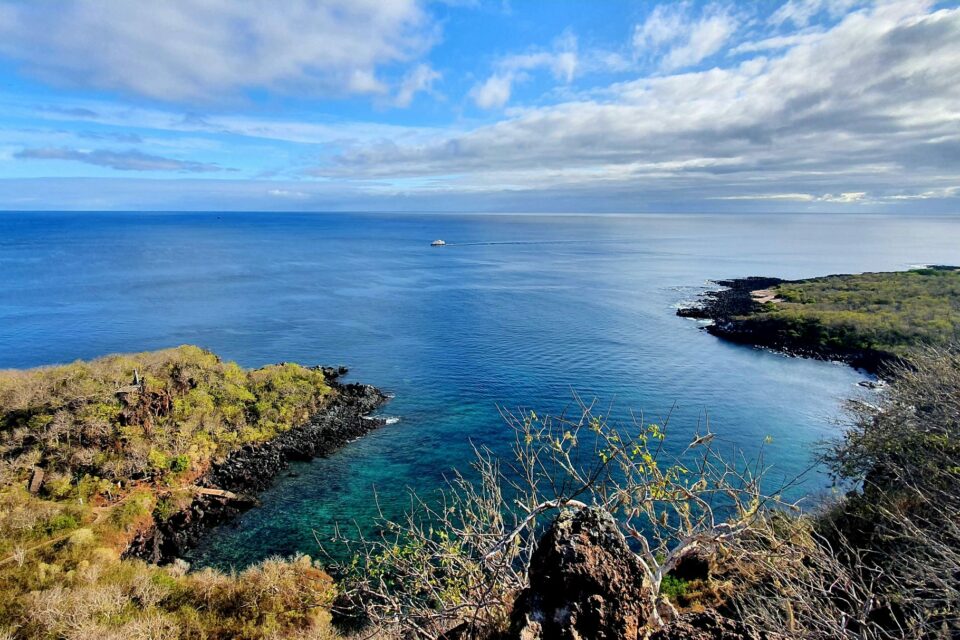

Galapagos, lockdown and the impacts of COVID-19 – Interview Series Part 2 – Birgit Fessl
We spoke to Birgit Fessl, Coordinator of the Galapagos Land Bird Conservation Plan at the Charles Darwin Foundation, about the challenges of continuing her work under lockdown.
Life under lockdown is one of those rare experiences the world has, on the whole, gone through together. People’s lived experiences are, however, often very different across geographic locations. We thought it would be interesting to see how Galapagos and its residents have found life under lockdown and get their opinions on how the post-COVID world will impact the Islands and their incredible wildlife.
This blog is part two of an interview series with some of Galapagos Conservation Trust’s (GCT) staff, project partners, friends and ambassadors based in or working on the Islands to see how their life has changed under lockdown and how their work will be impacted in the future.
Our second interview is with Birgit Fessl, Coordinator of the Galapagos Land Bird Conservation Plan at the Charles Darwin Foundation.
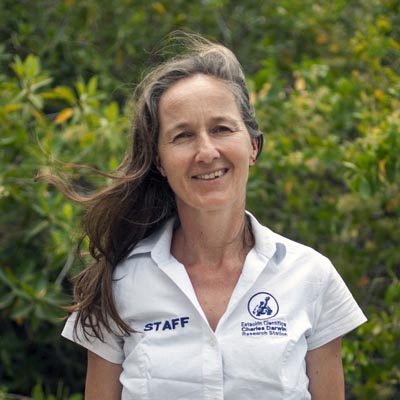
1. What conservation activities have you been able to continue and what has been placed on hold?
Since 15 March, our Land Bird Conservation team at the Charles Darwin Foundation (CDF) have been unable to visit the field sites within the Galapagos National Park and continue fieldwork activities. This included any conservation work for the little vermilion flycatcher on Santa Cruz, such as nest monitoring, nest treatment against the larvae of the invasive parasitic fly Philornis downsi, habitat restoration and invasive species control (both done in conjunction with the Galapagos National Park Directorate (GNDP). Whilst three nests successfully fledged a total of six birds before lockdown, we cannot confirm if some of the other nests treated were successful or not. Luckily, we had already finished with the land bird counts, an activity we do every January/February on different islands to establish a baseline on the status of land birds for archipelago wide population estimates. The broader aim of this is a regular monitoring system that helps detect population changes. Nevertheless, we have been very busy. We have used the time to analyse the existing data and write or edit manuscripts for scientific journals.
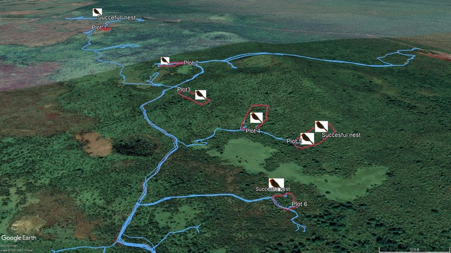
This is a map of plots and territories of little vermilion flycatchers in Mina Roja and Los Gemelos, Santa Cruz, where the team were working prior to lockdown © CDF
2. What are your main concerns in the short and long-term for the wildlife of Galapagos (either to species you directly work with or other vulnerable species)?
Overall, I consider invasive species (plants, animals, including vectors and their diseases) to be the biggest threat for the wildlife in Galapagos. While we work hard to find solutions to reduce the impact of invasive species already present, a big focus should be placed on reducing new arrivals. More support must be given to strengthen biosecurity at the borders of Galapagos and stop new species getting in either by accident or by people bringing them in. This includes increasing education programmes for tourists and locals. People have to understand why bringing animals and plants from outside Galapagos (like pets or seeds) can be disastrous for these special, but fragile islands.
3. What are the activities you will prioritise when the lockdown protocols are eased?
As soon as we can, our CDF and GNPD team will go back into the field and check on how the new recruits of the little vermilion flycatcher are doing! After this, we will look for any other nests – just in case some birds nested towards the end of the nesting season (usually from January to May). Another urgent matter is to start habitat management in the highlands of Santa Cruz again. After three months without any control, we expect to find that the invasive blackberry and sauco plants have taken over again.
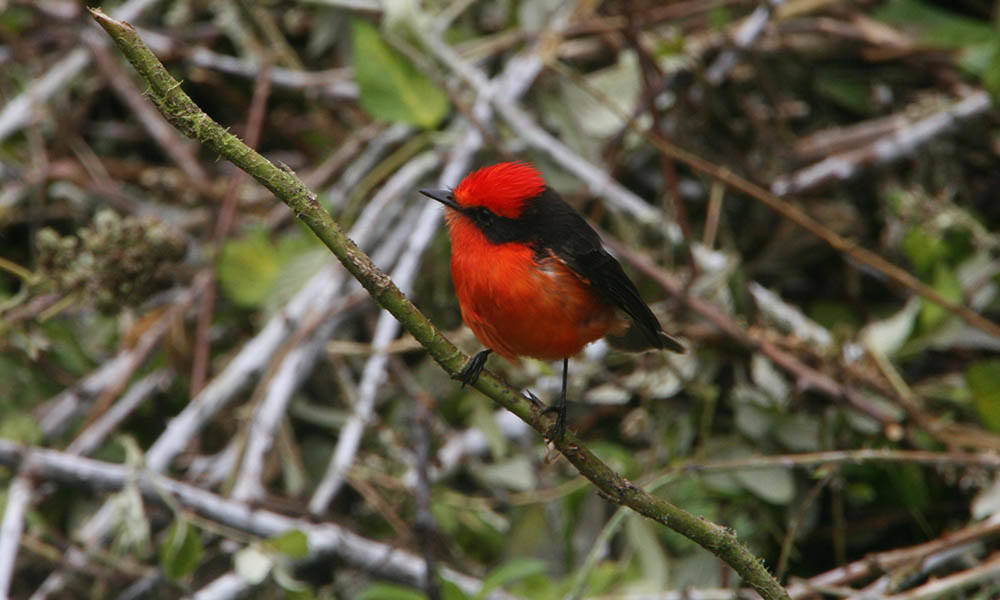
Birgit and the team are working tirelessly to save the little vermilion from habitat degradation and invasive species © Ian Dunn
This interview forms the second part of our blog series about the experiences of our staff, partners and ambassadors during lockdown and how they think the global pandemic will impact Galapagos’ wildlife. Follow this link here to read other blogs from the series.
How you can help
Please donate to GCT and help us raise funds for the projects and wildlife that need support during these unprecedented times. Alternatively, you can pledge your long term support to the protection of Galapagos wildlife by becoming a member today and in return receive a copy of our biannual magazine.
Related articles

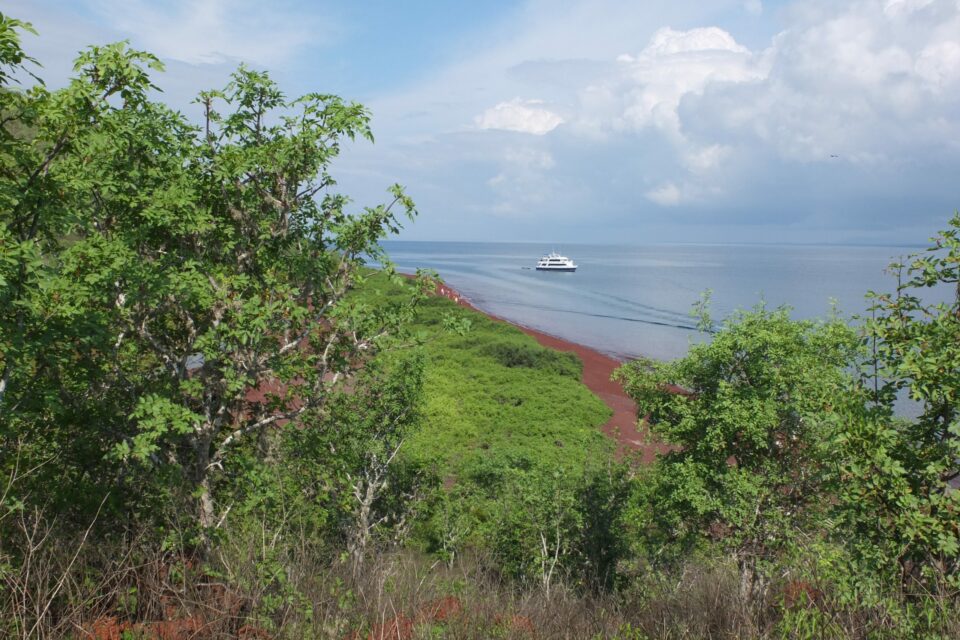
Global relevance: Financing conservation post COVID-19
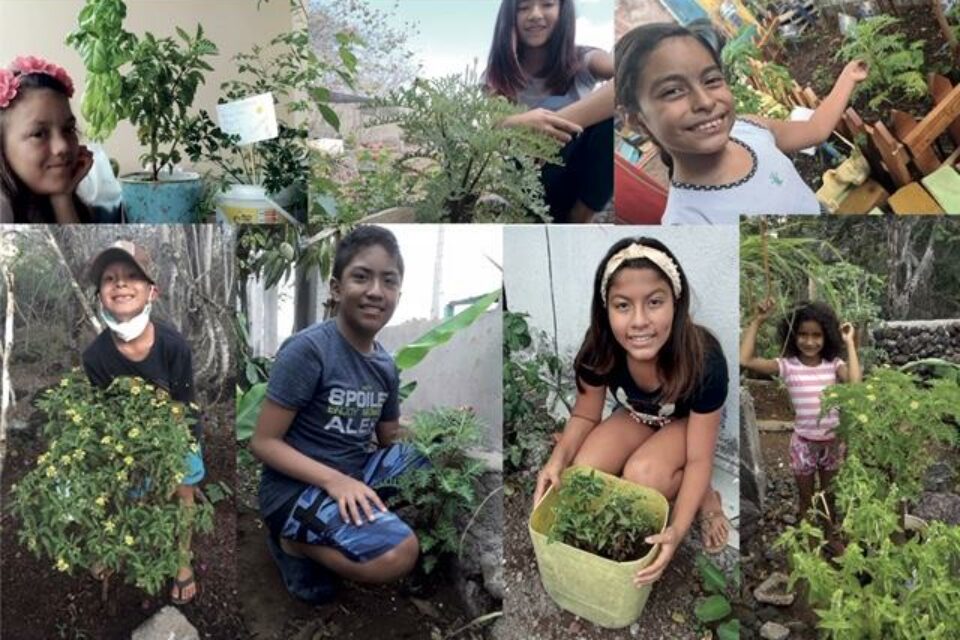
Urban Family Gardening: Positivity amidst the pandemic
